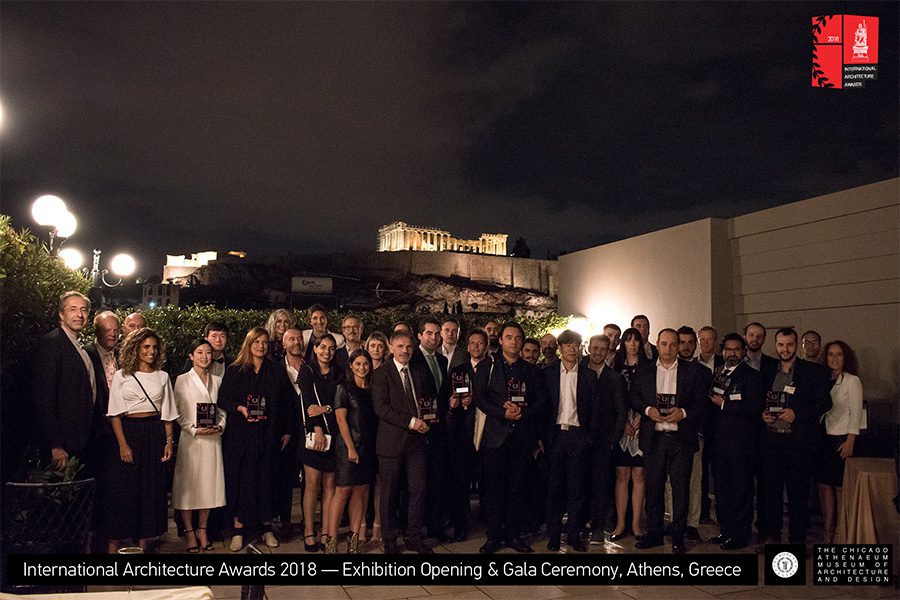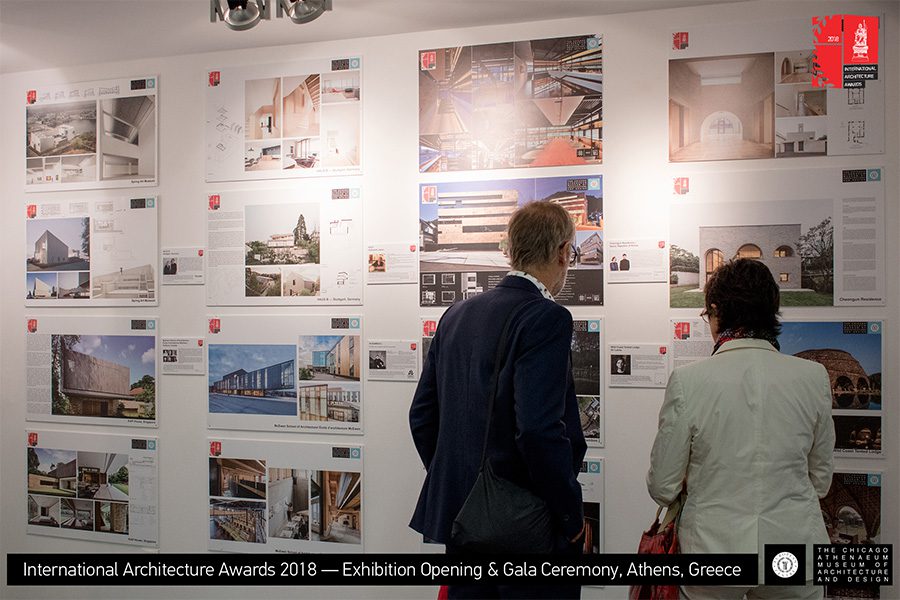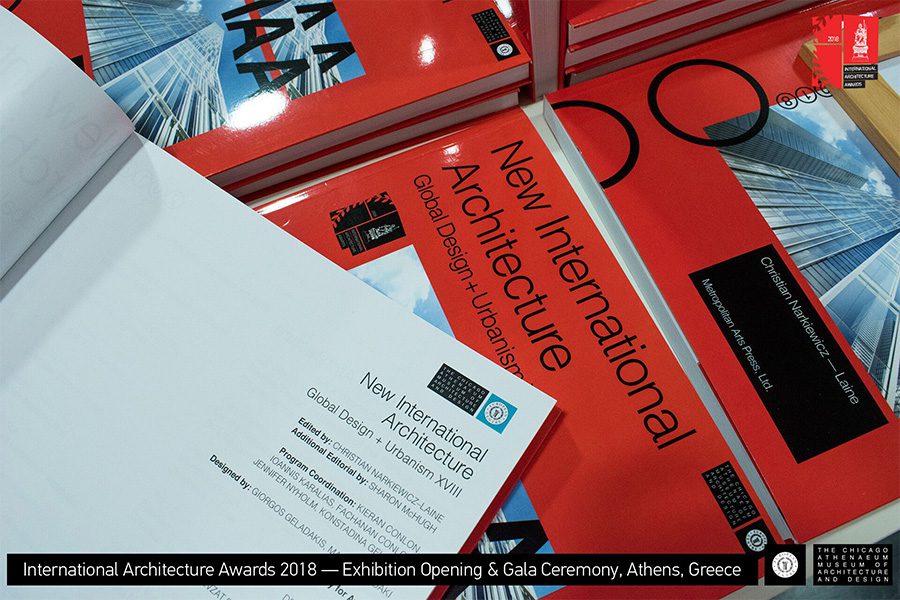La expectativa de hallar bienestar en la naturaleza es una sed humana ante entornos urbanos cada vez más degradados.

Mujeres y hombres aprovechan las posibilidades de trabajar de manera remota para aventurarse a descubrir el mundo y encontrarse a sí mismos en el trayecto. La pandemia les enseñó el valor de la libertad y de cada instante vivido. Son viajeros perpetuos que exhiben un apetito creciente por gozar de experiencias alternativas de alojamiento.
Para Olav Bruin, director creativo de Nomadic Resorts, la expectativa de hallar bienestar en la naturaleza, además de una perspectiva enriquecedora de la vida, es una sed humana ante entornos urbanos cada vez más degradados. El ánimo de crear refugios sustentables, apegados al hábitat, surge de esa necesidad.
A través de dos proyectos representativos del galardonado estudio de diseño, Olav desvela los elementos que confluyen en la concepción y desarrollo de cómodos espacios que permitan a los perpetual travelers sentirse uno con los entornos primigenios.
PLAYA VIVA
El cuerpo de una mantarraya Mobula aterrizando en la duna de arena blanca se quedó plasmado en la memoria del arquitecto y también en el primer boceto de las casas en el árbol, que habría de convertirse en emblema de este eco-longe situado en el Pacífico Sur de México.

El proyecto surgió a iniciativa de David Leventhal, pionero del movimiento Regenerative Travel. “Fue una oportunidad para ignorar algunas reglas escritas de la industria de la hospitalidad. El objetivo fue crear una experiencia holística, sin aire acondicionado, sin televisores…” El principal desafío, reconoce Olav, fue realizarlo en un tiempo récord de seis meses. La asociación con el enigmático maestro del bambú, Jörg Stamm, y su equipo de artesanos locales resultó clave.
Las habitaciones elevadas brindan seguridad y comodidad, manteniendo las fachadas relativamente abiertas para conceder a los invitados el privilegio de escuchar el sonido de las olas, sentir la brisa a través de las hojas de palma y degustar el aire salado, mientras descansan en la hamaca suspendida sobre la playa, mirando las estrellas.
Además de Playa Viva en México, Nomadic Resorts ha realizado proyectos en Sri Lanka, India, Mauricio y Suiza. Actualmente, trabaja en otros desarrollos en Estados Unidos, República Dominicana y Taiwán
WILD COAST TENTED LODGE
La flora, la fauna y el carácter del sitio desempeñan un papel esencial en los principios del diseño biofílico que conecta al ser humano con el medio ambiente y rige la labor de Nomadic Resorts. Fueron las enormes rocas dispersas a lo largo de la escarpada costa del Océano Índico las que inspiraron las formas de Wild Coast, un campamento safari de cinco estrellas.
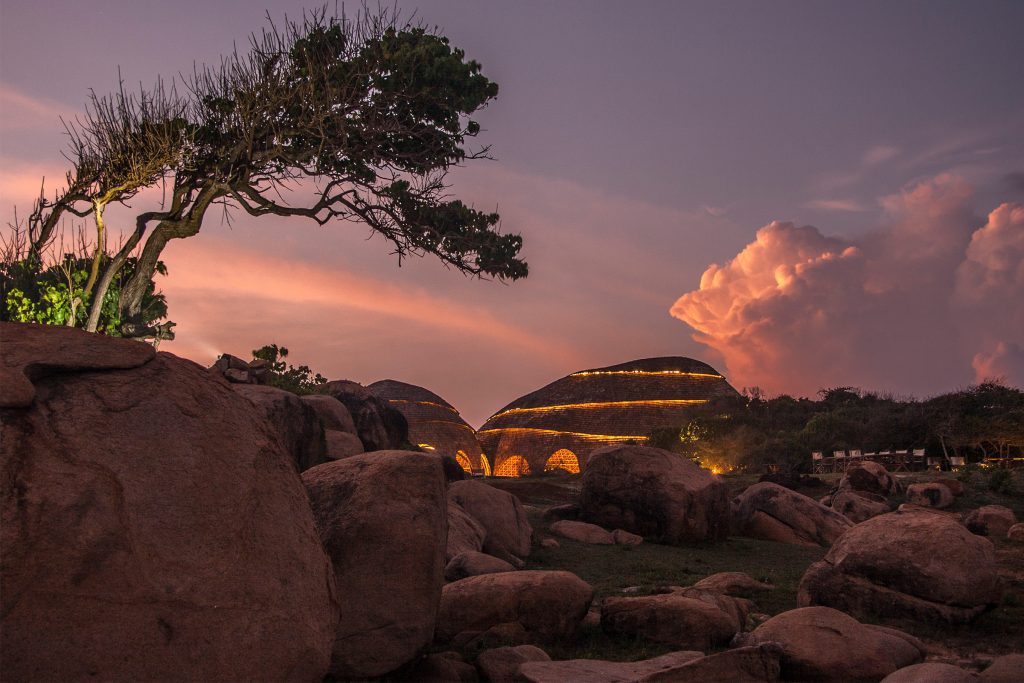
Su integración al denso bosque de tierras secas constituyó, para Olav y todo el equipo involucrado, una labor conmovedora que hoy permite contemplar elefantes, jabalíes y leopardos que deambulan serenamente por los alrededores de este conjunto de 36 tiendas de campaña con spa, ubicado en la cercanía del Parque Nacional Yala, en el extremo sur de Sri Lanka.
¡Descubre más entornos naturales!
“Trabajamos con total dedicación en todos nuestros proyectos, y cada uno de ellos posee elementos que nos emocionan”, acentúa Olav, sin dejar de lado que cada uno de ellos surgió de alguna colaboración con clientes visionarios. Para él, la arquitectura orgánica, integrada a la perfección en el sitio, es un aspecto decisivo en el presente y en el futuro de los viajes, “porque ofrece una oportunidad fantástica para desarrollar conceptos innovadores y respetuosos con el ecosistema”.




































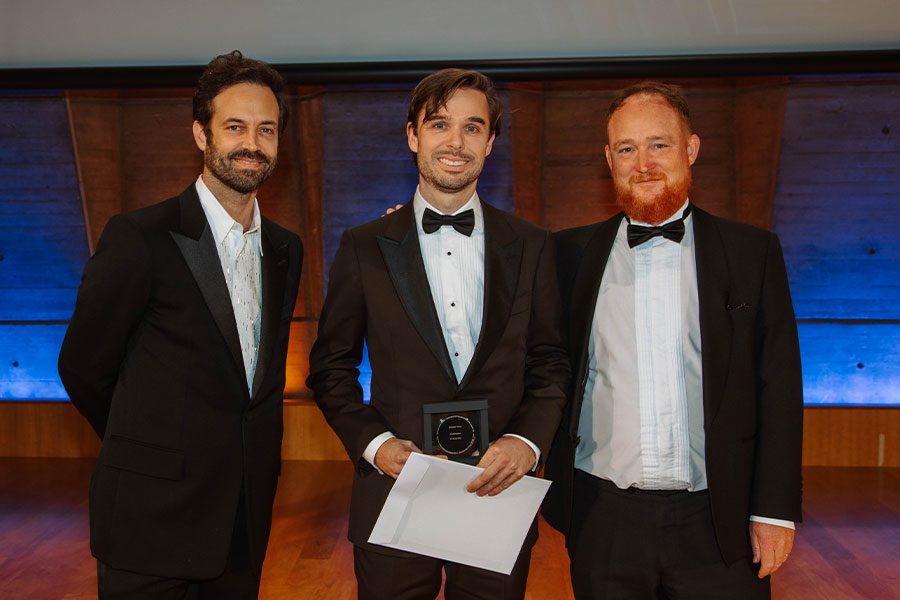

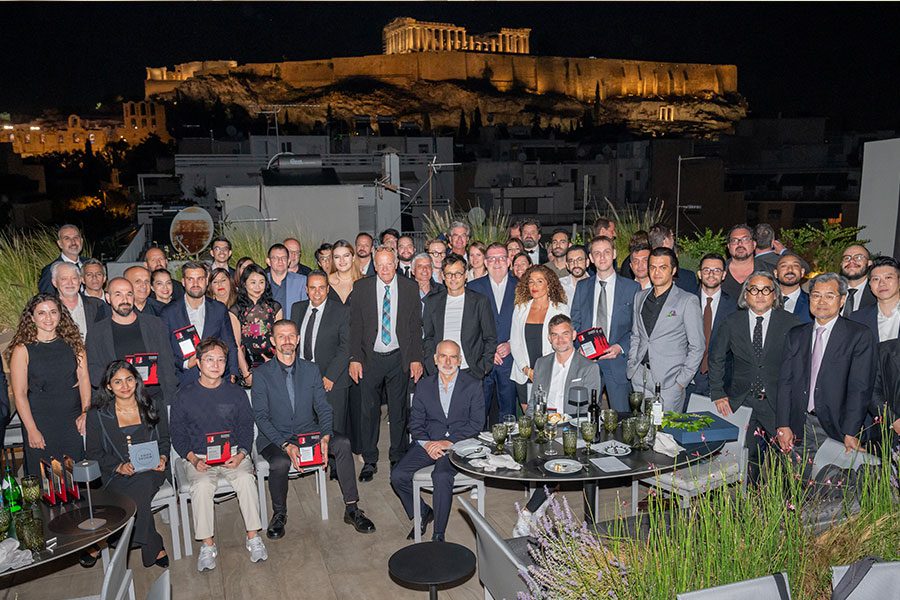
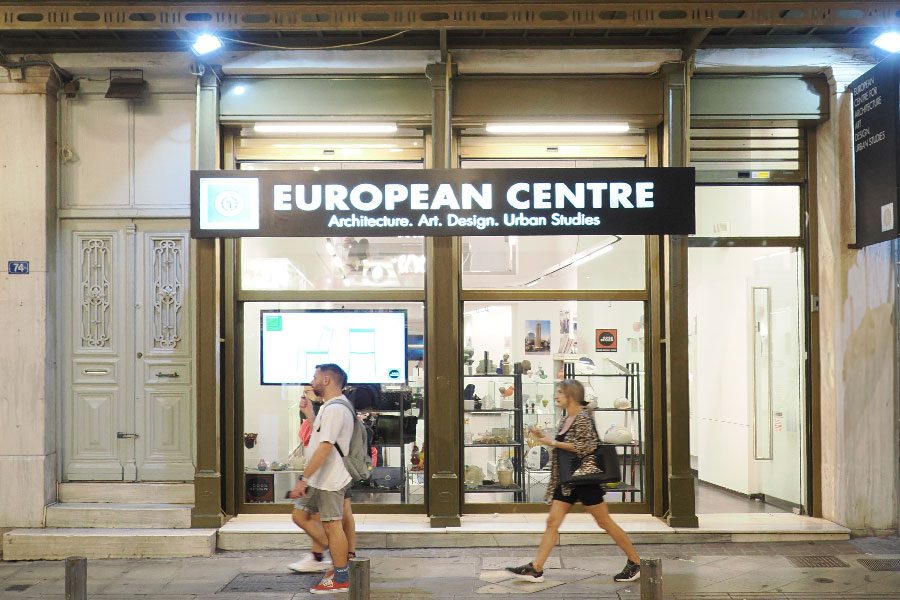






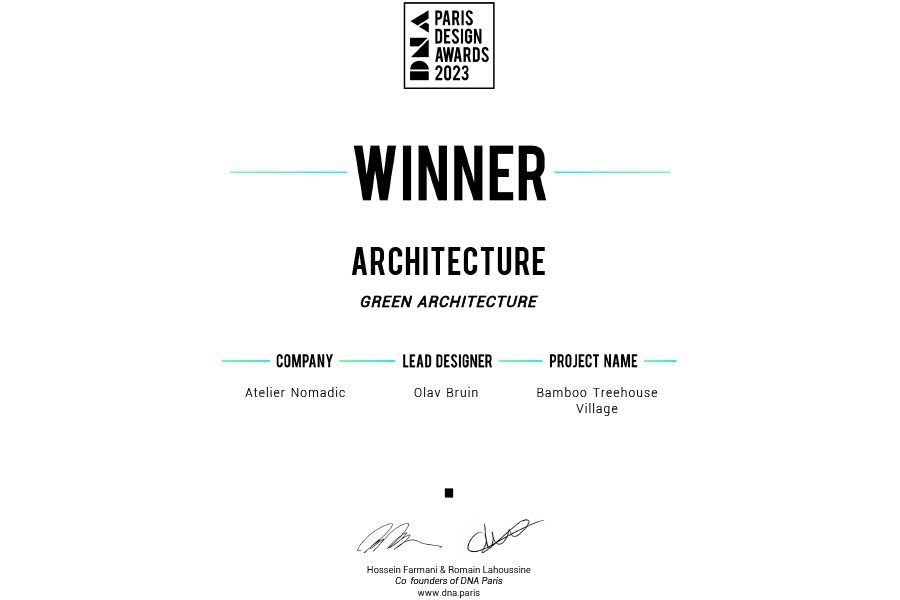


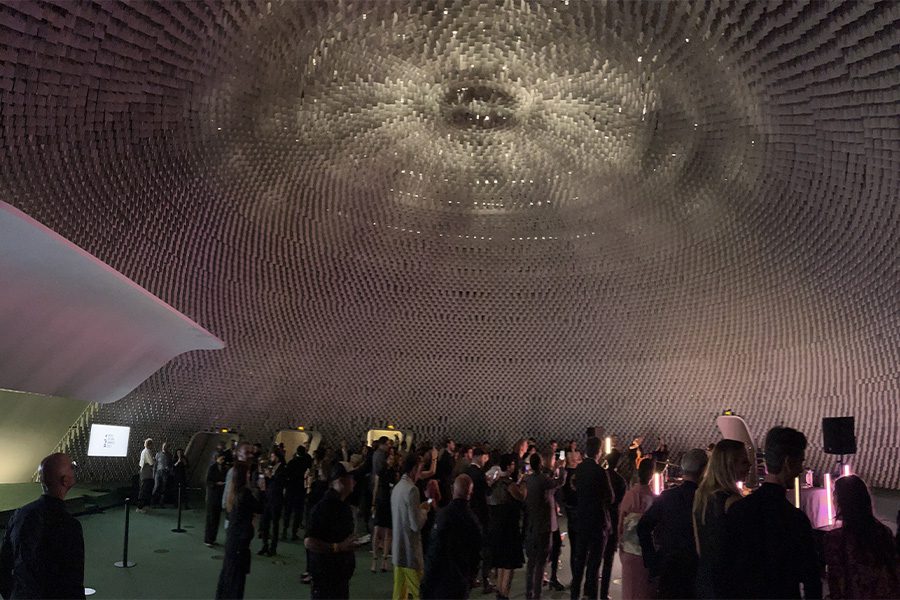





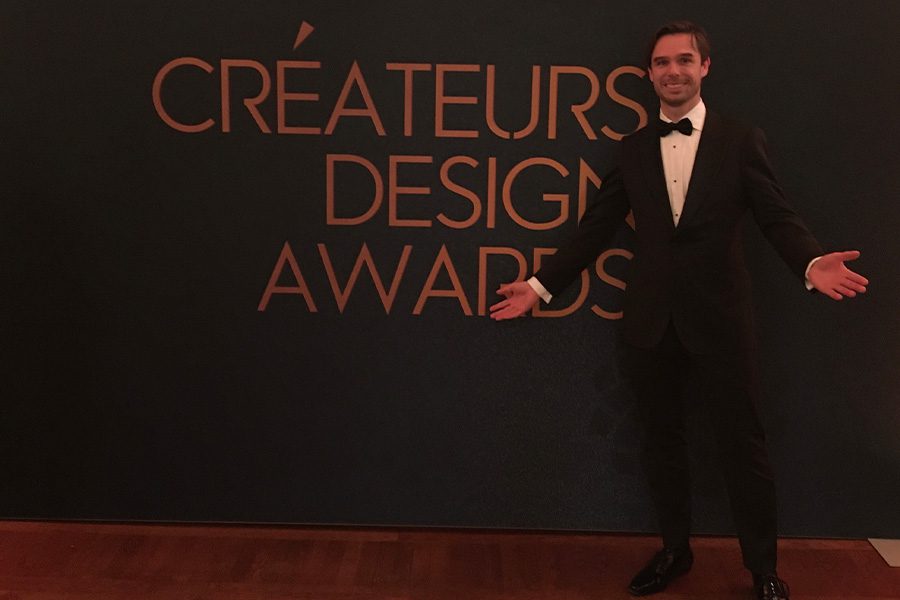



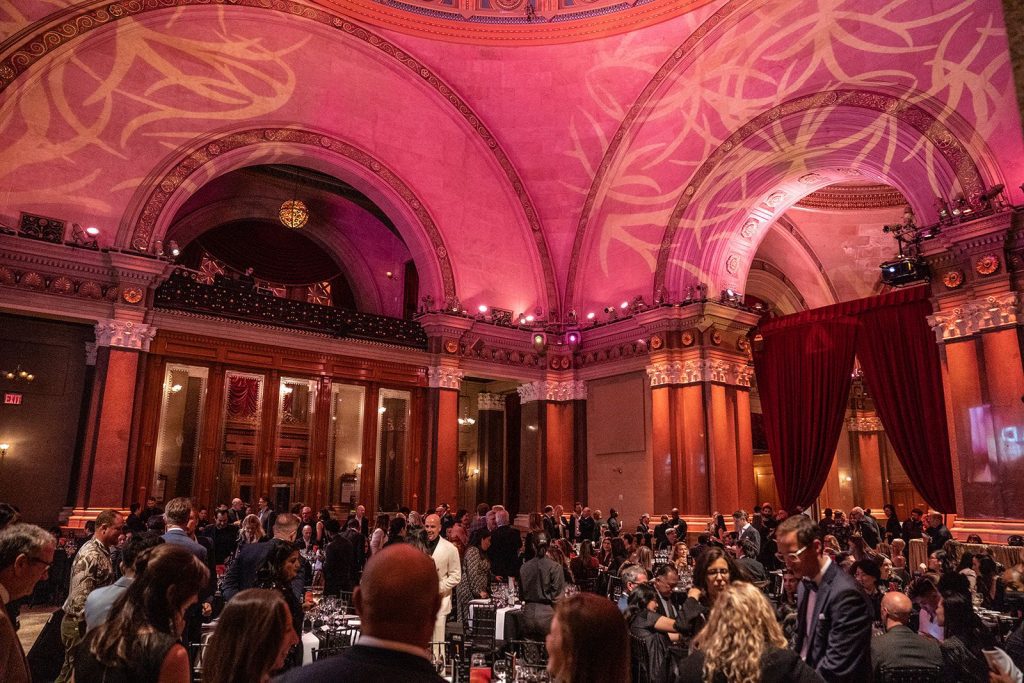

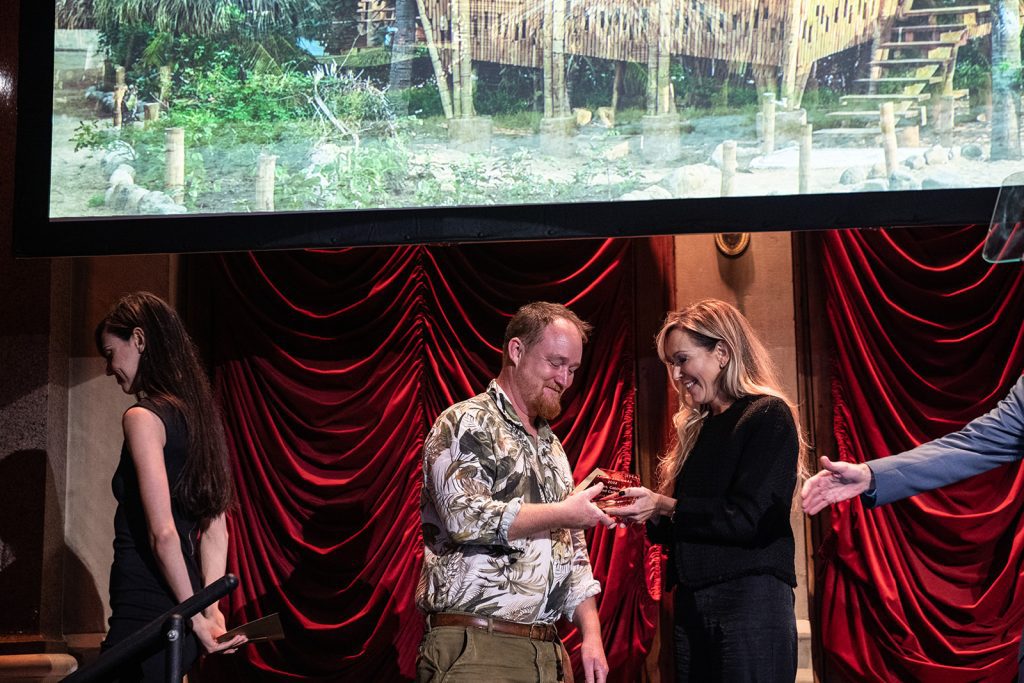
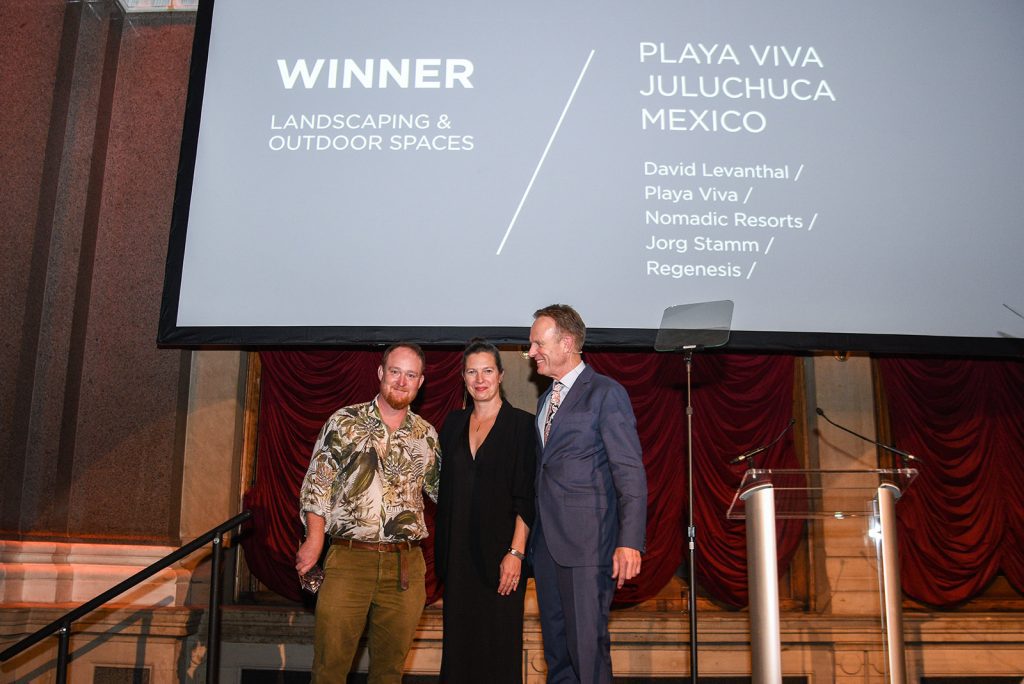





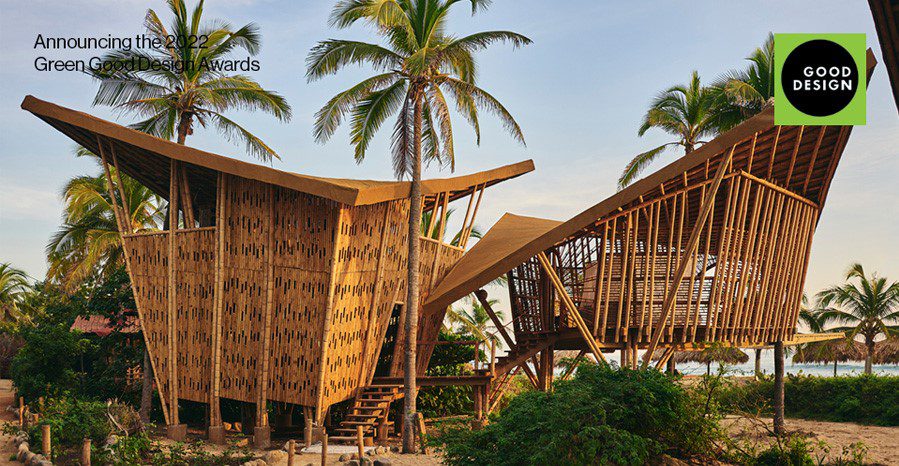

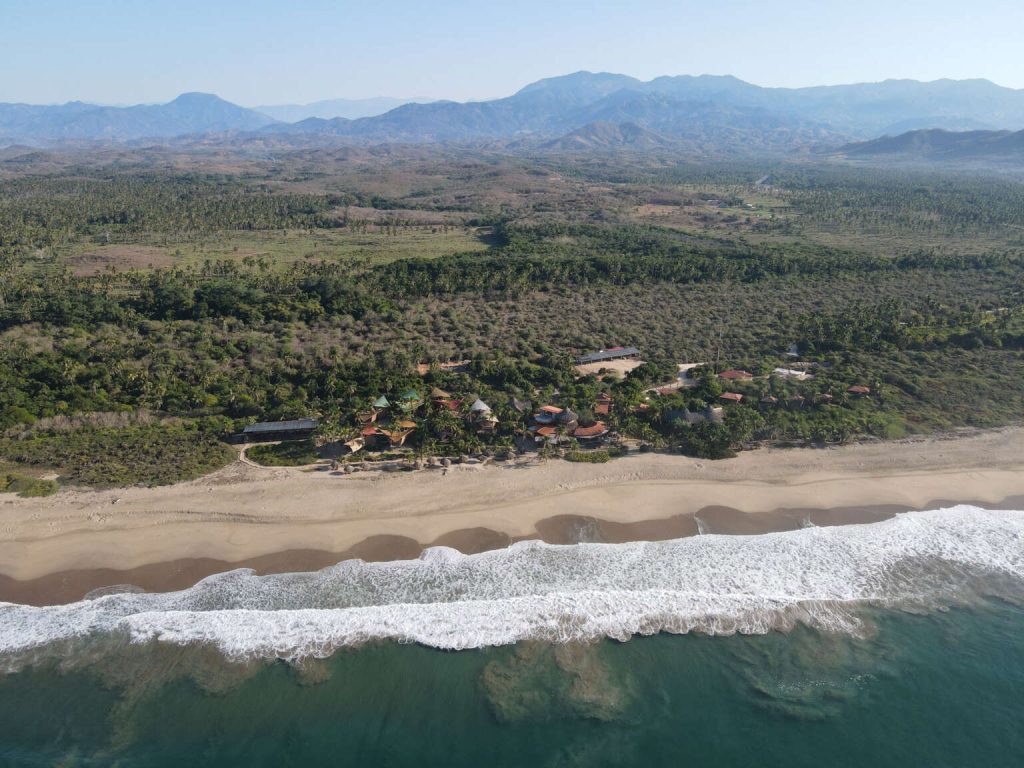

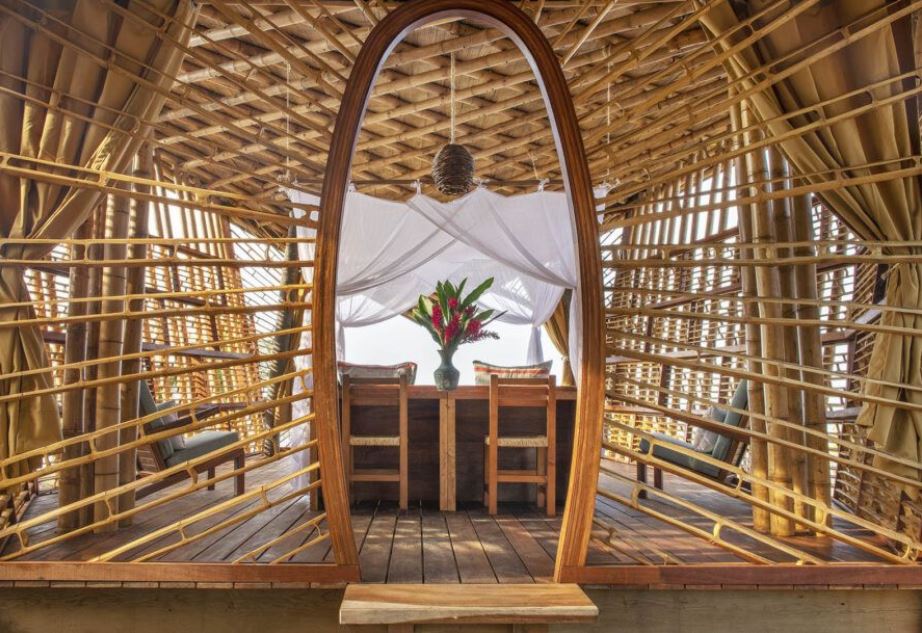
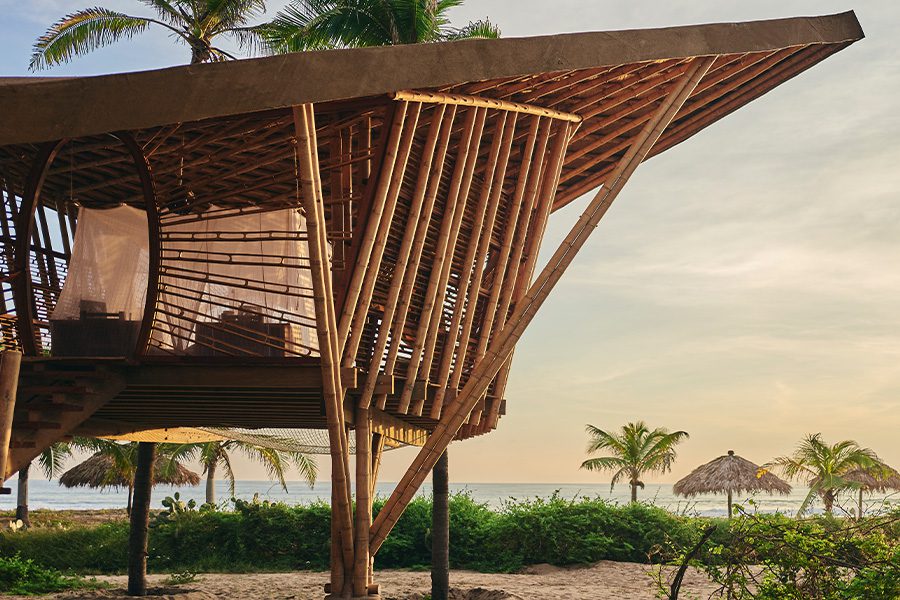


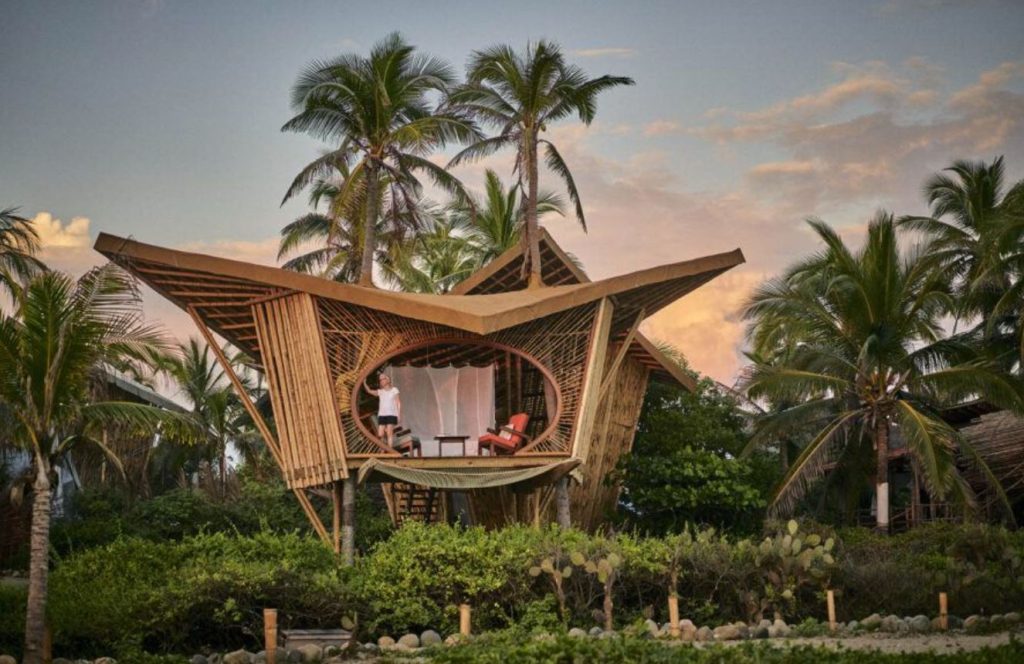

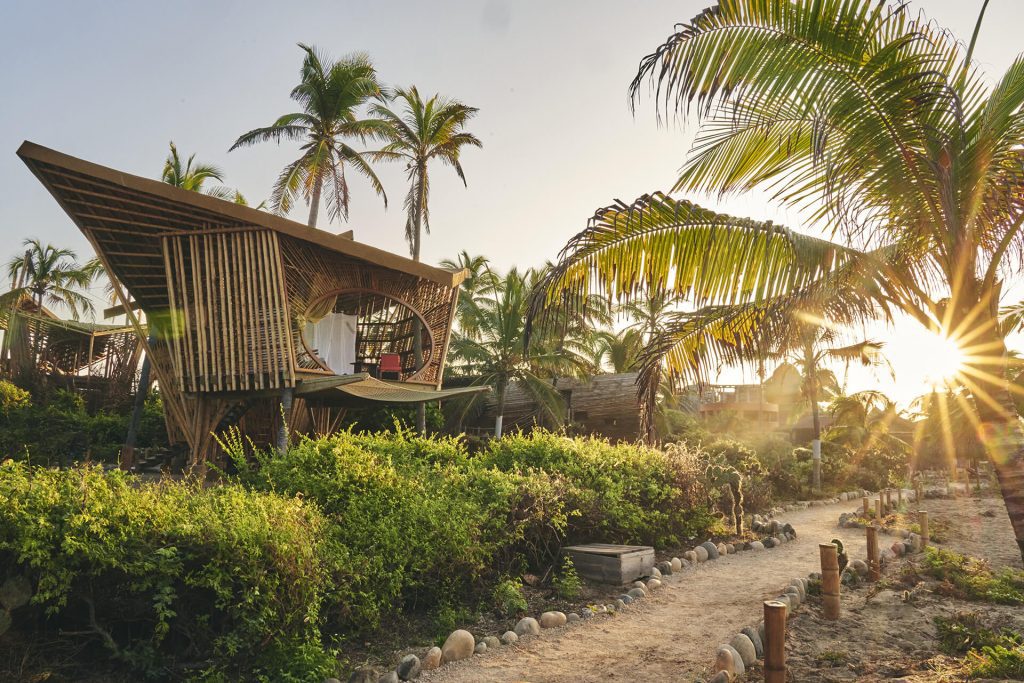
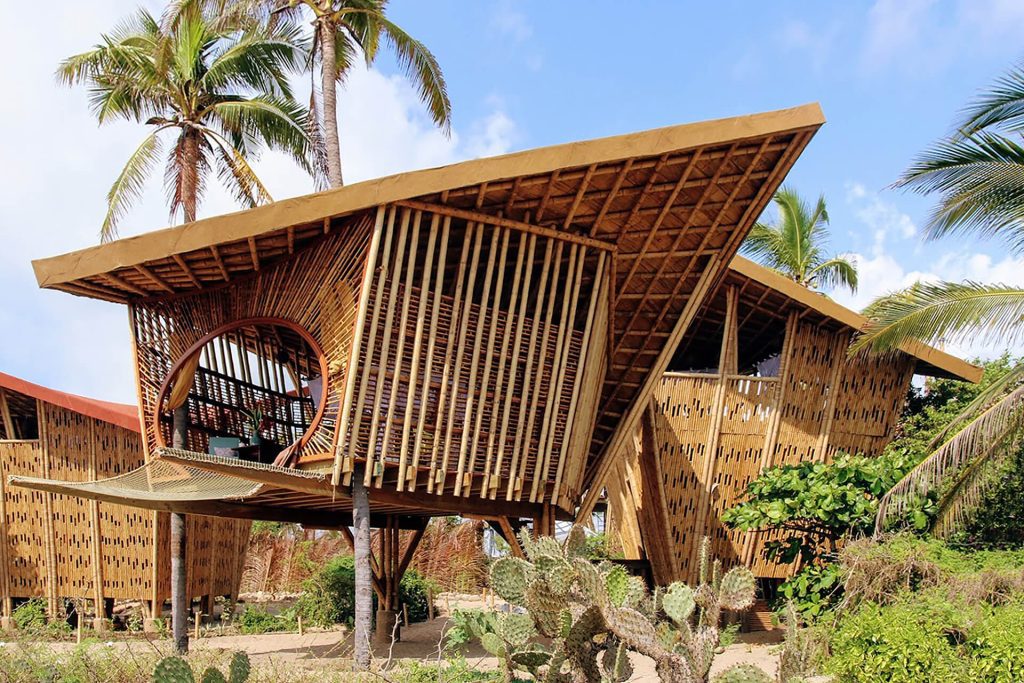

 Nomadic Resorts is at it again, designing a bamboo treehouse resort called Playa Viva in Mexico for an off-grid eco-vacation adventure. Inspired by the Mobula Rays that migrate off the shore of the resort, the project employed local construction workers and used sustainable bamboo and site-sourced materials.
Nomadic Resorts is at it again, designing a bamboo treehouse resort called Playa Viva in Mexico for an off-grid eco-vacation adventure. Inspired by the Mobula Rays that migrate off the shore of the resort, the project employed local construction workers and used sustainable bamboo and site-sourced materials.
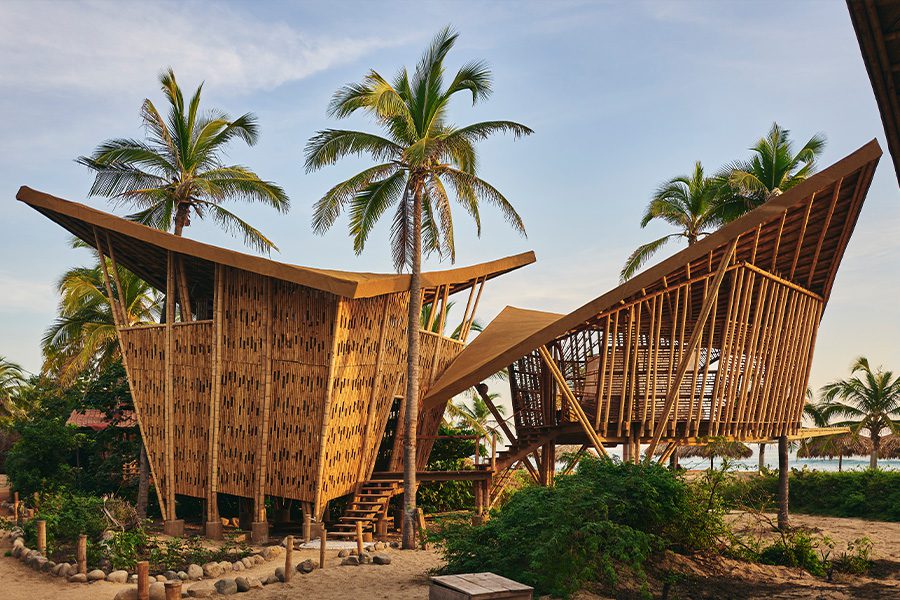








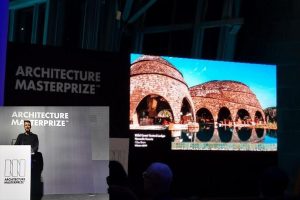
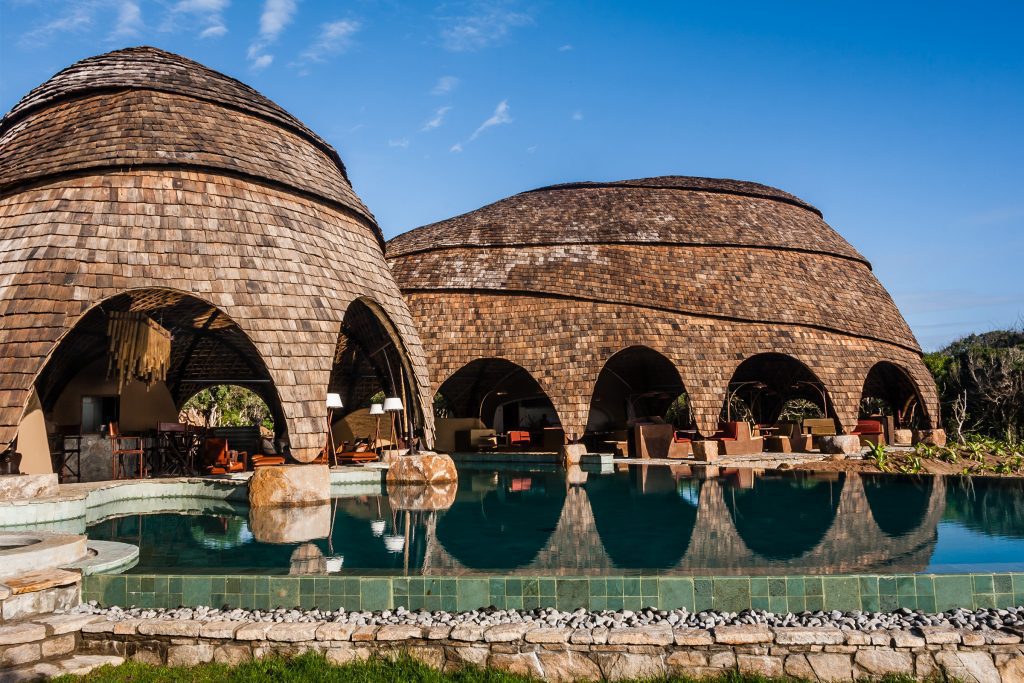



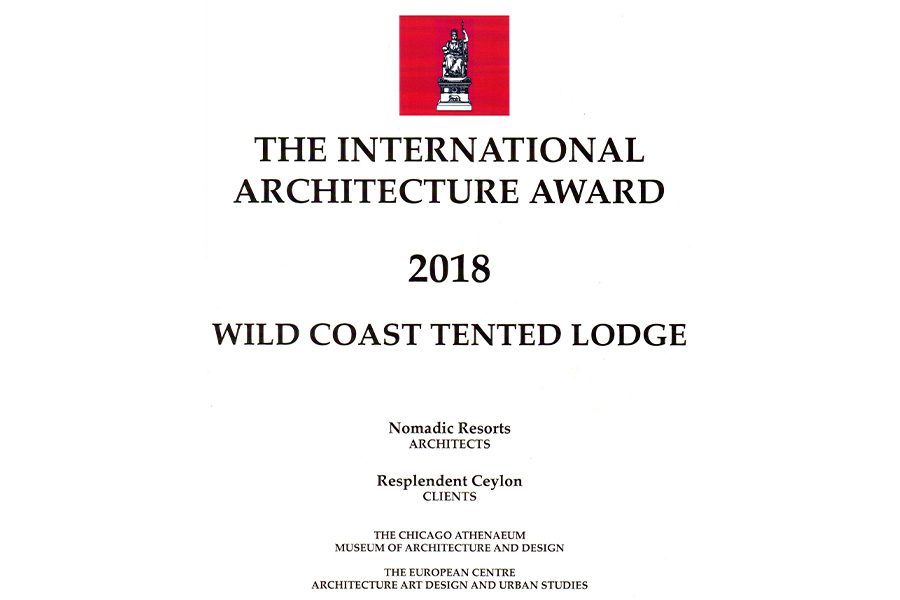 Since 2004, The Chicago Athenaeum: Museum of Architecture and Design, together with The European Center for Architecture Art Design and Urban Studies and Metropolitan Arts Press, Ltd. have organized The International Architecture Awards as a way in which to honor the best, significant new buildings, landscape architecture, and planning projects designed and/or built around the world’s leading architects, landscape architects, and urban planners practicing nationally and internationally. The International Architecture Awards give an important global overview of the current aesthetic direction of today’s commercial, corporate, institutional, and residential work to the real estate, banking, business, and corporate community, as well as to the press and general public worldwide.
Since 2004, The Chicago Athenaeum: Museum of Architecture and Design, together with The European Center for Architecture Art Design and Urban Studies and Metropolitan Arts Press, Ltd. have organized The International Architecture Awards as a way in which to honor the best, significant new buildings, landscape architecture, and planning projects designed and/or built around the world’s leading architects, landscape architects, and urban planners practicing nationally and internationally. The International Architecture Awards give an important global overview of the current aesthetic direction of today’s commercial, corporate, institutional, and residential work to the real estate, banking, business, and corporate community, as well as to the press and general public worldwide.